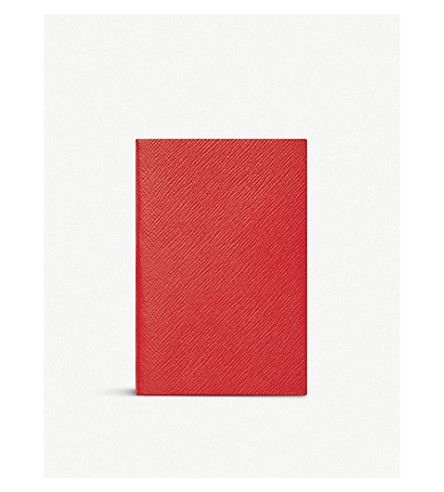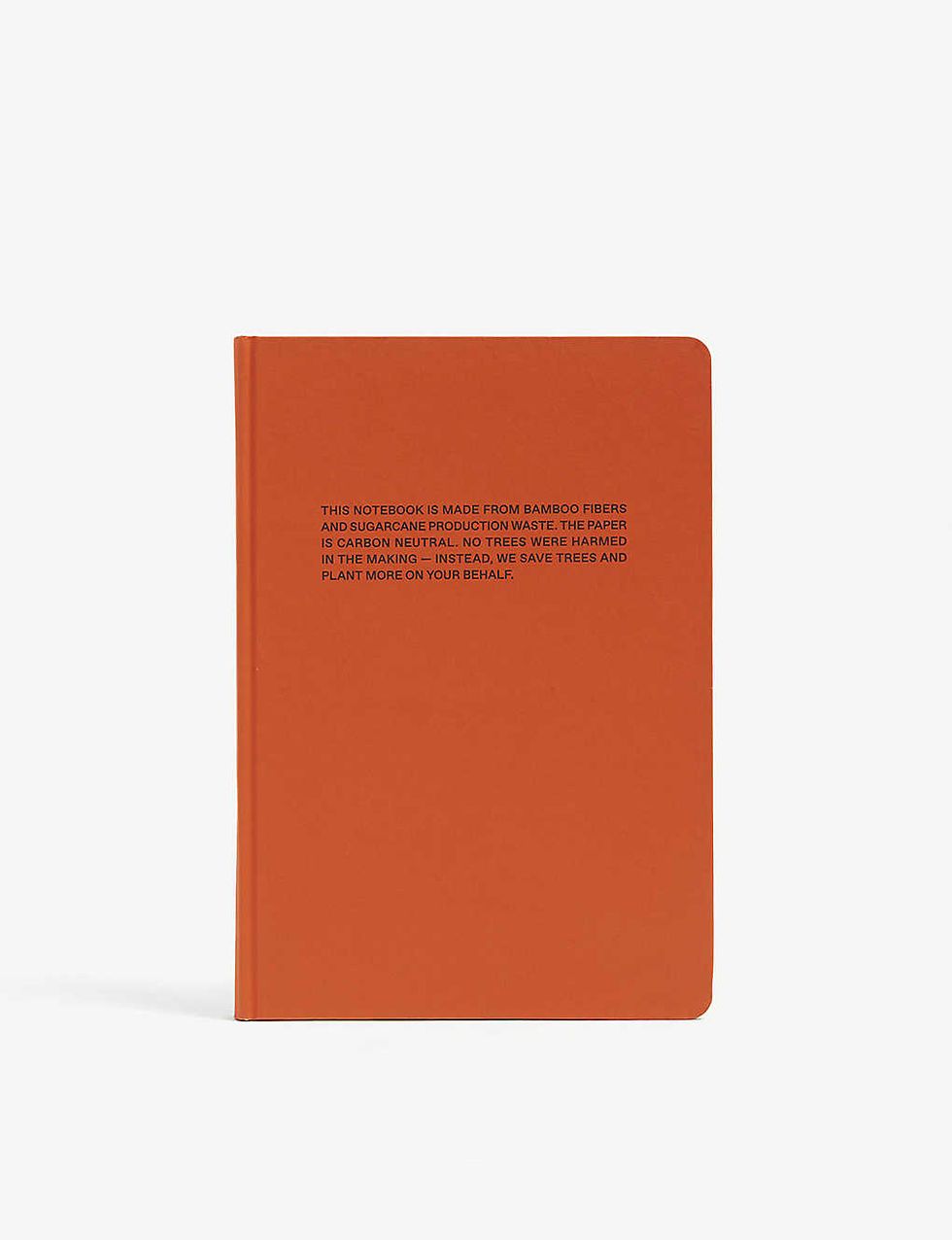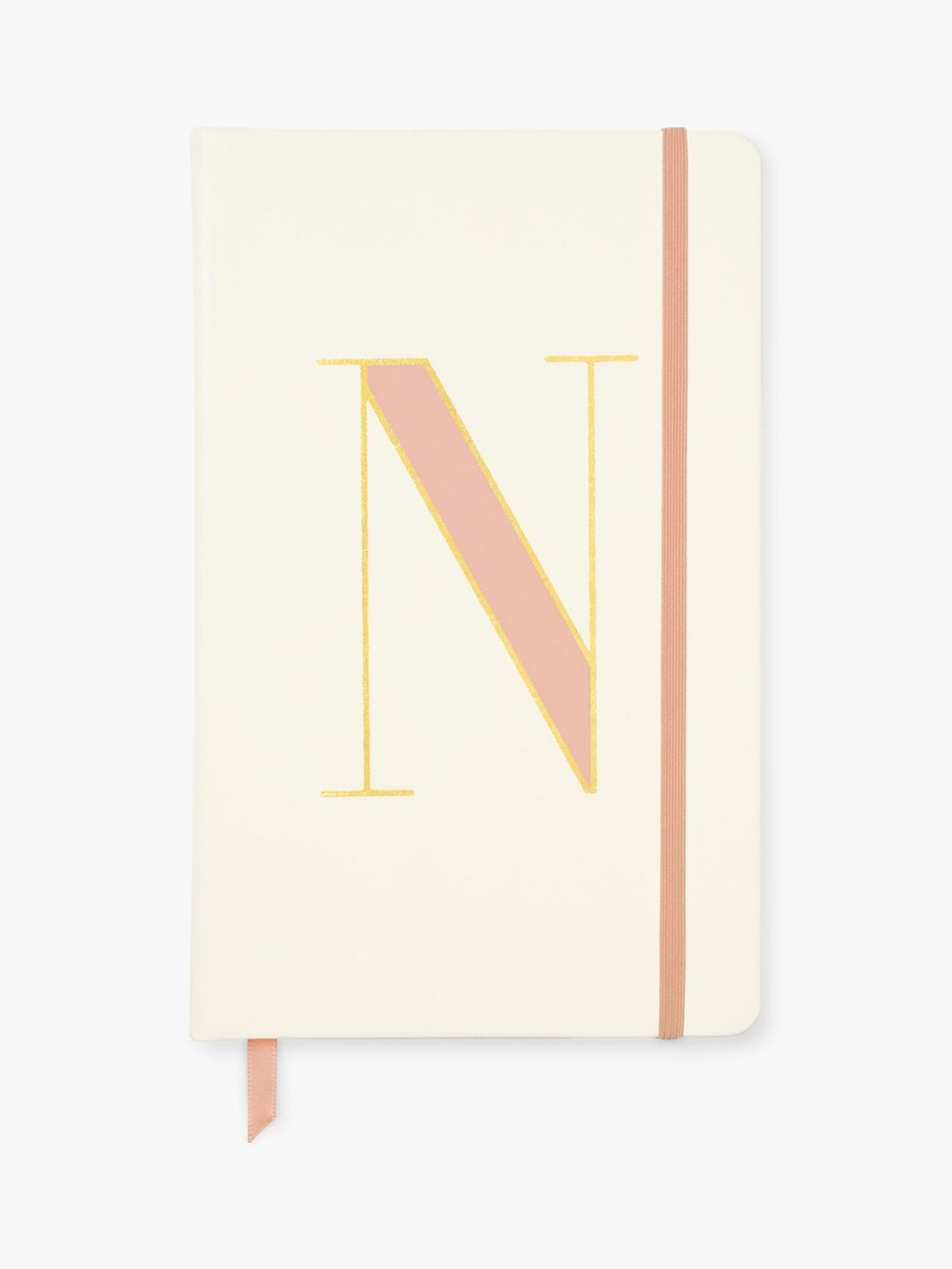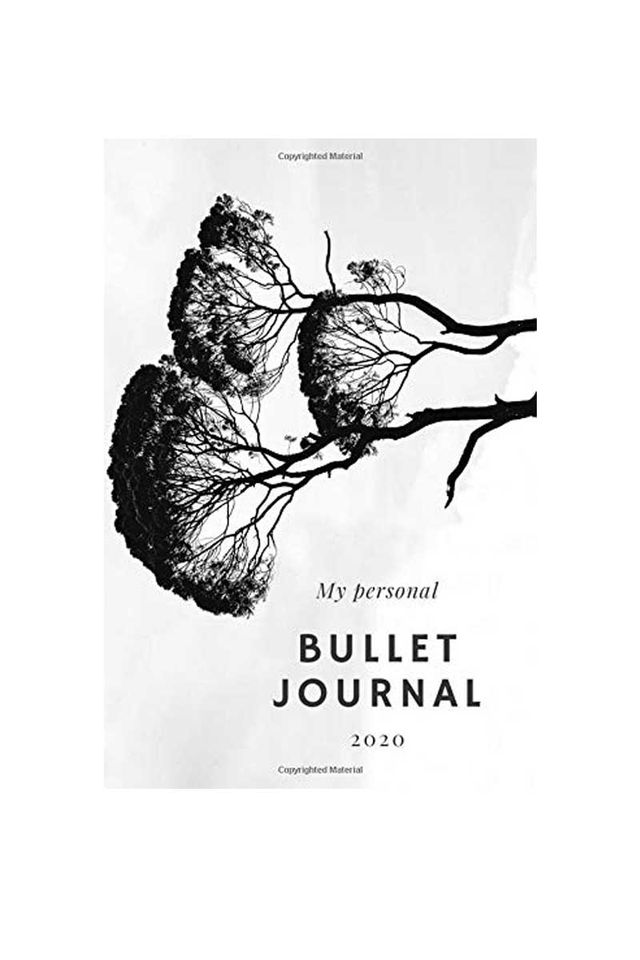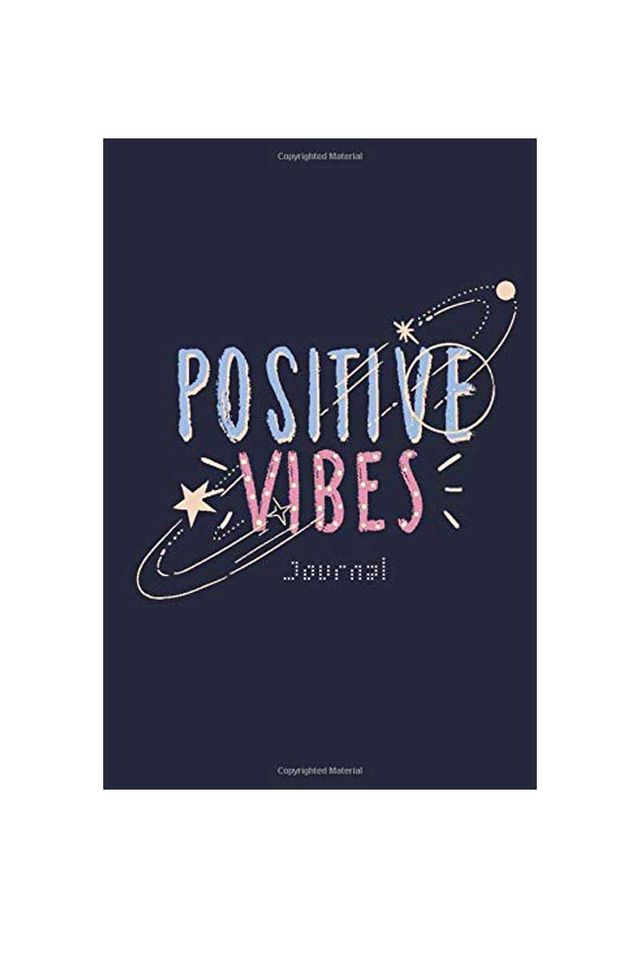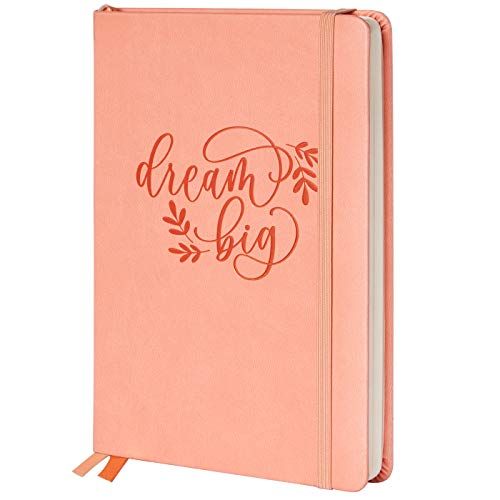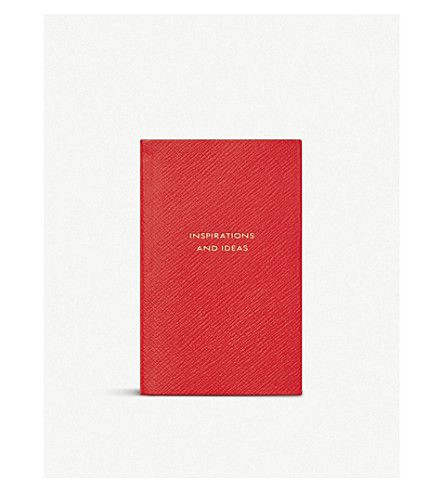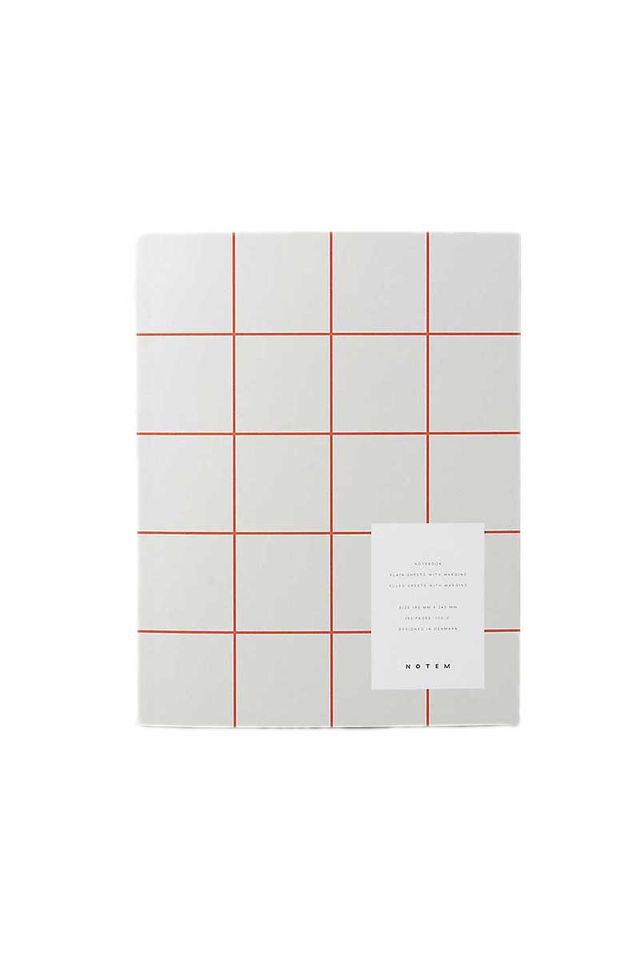If you’re someone who ignores phone reminders and has endless Post-It notes scribbled with incomplete tasks, then you might need to invest in a Bullet Journal (BuJo).
You might have come across the term in 2013, when New York-based digital product designer and author Ryder Carroll launched bulletjournal.com to let the world know about his analogue system that hopes to turn your average notebook of tasks into the mother of all to-do lists.
Widely believed to be the list version of organising consultant Mari Kondo’s tidying method, the Bullet Journal is all about helping users order and prioritise tasks that are worthy of their time and can be done mindfully.
Of course, the power of making lists of tasks isn’t exactly a new phenomenon.
The ‘Zeigarnik effect’ (invented by Russian psychologist Bluma Zeigarnik) – which is all about how we remember what we need to do much better than things we’ve done – came about after the psychologist examined how waiters could, largely, only remember orders before they’d served them, and not afterwards. Much like you ‘forget’ everything you’ve learned after finishing an exam, it’s as if the brain requires a plan in order to be productive.
A study from Wake Forest University in 2011, published in the Journal of Personality and Social Psychology, echoed Zeigarnik’s findings and decreed that just making a plan to get tasks done can free us of the worry of completing them.
But compiling a bullet journal isn't like writing just any old list. It's complex; there's a whole system and it includes a rapid journaling method, signifiers and migration. Read on to find out what all of this means...
Here’s everything you need to know to get to grips with a Bullet Journal:
What is a Bullet Journal?
Contrary to popular belief, the Bullet Journal isn’t a physical notebook, rather a methodology.
'The Bullet Journal Method is a mindfulness practice disguised as a productivity system,' Carroll tells ELLE UK.
'Though it's a powerful tool to help you tackle what you're doing, the true emphasis is on staying mindful of why you're doing those things. If you don't know why you're doing what you're doing, then you risk wasting a lot of time busying yourself with things that don't matter.'
Carroll was diagnosed with Attention Deficit Hyperactivity Disorder (ADHD) in his childhood and invented the Bullet Journal to help facilitate his day-to-day life.
'Through a lot of trial and error, I found organisational solutions that worked for me,' he explains. 'Eventually these individual solutions amounted to a system that allowed me to become a lot more focused and productive.'
The aim of a journal is to help its practitioners (known as ‘Bullet Journalists’) live ‘intentional lives’ which have meaning, purpose and are productive.
To put it simply, Bullet Journalists will use a DIY diary, of sorts, that transforms their average to-do list into an effective list and calendar. It’s a way of filling blank pages of a book with daily, weekly and monthly tasks, schedules and journal entries.
The goal isn’t to help you tick off just any task, but to help prioritise the most important ones and get done the ones which are worth your time.
According to Carroll, it's crucial that we start shifting the emphasis from process to purpose when it comes to working through life.
'Rather than asking yourself "how much time will this take?" ask yourself "why does this get to take my time?",' he suggests. 'Another simple trick is think about what task you would do if you were only allowed one today. What would it be? Why? That can quickly sort priorities.'
What is the Bullet Journal system?
To practice Bullet Journaling, you must first understand that this isn’t just any form of task making. It requires some serious dedication and a list of ways to organise thoughts, priorities and productivity.
Here is the system and terminology you need to know:
Rapid Logging
At first this might sound like some incredibly fast way to write down tasks but when it comes to Bullet Journals, it describes a way of condensing information as bulleted lists.
Bullets
‘Bullets are short-form sentences paired with symbols that visually categorise your entries into: Tasks, Events, or Notes,’ the Bullet Journal’s website explains. It doesn’t necessarily matter what form they’re noted down in, rather that they’re put from thought to paper.
Tasks: They’re represented by a simple dot because it’s fast, clean and can be transformed into the state of a task.
Events: These are represented by an open circle and are date-related. They can either be scheduled (eg. a birthday or wedding) or logged after they happen (eg. a contract being signed). They should be short and objective in order to make them more likely to be written down.
Notes: These are represented with a dash and include everything from facts and ideas to thoughts and observations. They symbolise everything that you don’t want to forget.
Signifiers
These give your entries more context and should be marked to their left to help you understand their meaning when you’re scanning through your lists. For example, a priority task might be marked with an asterisk (*).
However, signifiers should be used sparingly as not all entries can be seen as a ‘must-do-now’. Meanwhile, an entry could be marked with an exclamation point (!) to signify things like ideas, affirmations or insights.
How do you compile a Bullet Journal?
A Bullet Journal is made up of four collections – a daily log, a monthly log, a future log and custom collections.
The Index is housed at the front of the journal and helps Journalists locate content. Topics and Collections should be noted down here, in addition to their page numbers in the same way you’d locate certain chapters in a book via its index.
Firstly, Bullet Journalists are advised to give their pages a descriptive topic, which suggests the purpose of the page, and number them in order to ease locating them later on. This can be anything from the date to today’s day (eg. Friday).
A daily log should be used on a daily basis with tasks, events and notes rapidly logged as they occur.
Meanwhile, the monthly log should be broken up page-by-page and consist of a calendar on the left page and a task page on the right.
Calendar page: Days are numbered throughout the month to provide a brief overview of tasks and events in the month.
Task Page: This is a list of everything in the month that needs to be completed.
A future log is where you note down entries that will be relevant beyond the current month. ‘The Future Log serves as your time machine, allowing you to glimpse the outlines of the future you're actively working towards,’ the Bullet Journal website explains.
'The Bullet Journal Method is designed to be modular,' Carroll tells us.
'When learning about it, start with the tool or technique that makes sense, then build from there. Maybe that's using Rapid Logging to quickly capture and categorise your thoughts. Maybe it's using Collections to group related thoughts. Maybe it's the Index to help you quickly locate your content.
'Each person's needs are different and I invite them to embrace the method as it meets those needs.'
What is migration?
In the context of using a Bullet Journal, migration is a way of helping to focus the mind on what tasks and events are worth completing and to avoid distraction.
At the end of every month, Journalists are advised to set up a new Monthly Log in which they review the pages of the month that’s just passed. They should then figure out which incomplete entries are worth their time and energy the next moment. Any that aren’t necessary should be struck out and those that matter should be migrated onwards.
To migrate a task, you should turn a dot in a forward motion (eg • into >). Any tasks or events listed in a Future Log and are now current should also be noted in the new Monthly Log.
‘It may seem like a lot of effort to have to rewrite all these things, but that’s intentional,’ the Bullet Journal website explains.
‘This process makes you pause and consider each item. If an entry isn’t even worth the effort to rewrite it, then it’s probably not that important. Get rid of it. The purpose of Migration is to surface what's worth the effort, become aware of our actions, and to separate the signal from the noise.’
When should you use your Bullet Journal?
The idea of carving out time to make notes, log thoughts or organise a calendar can often seem daunting. It's no wonder why many of us end up scribbling down ideas on a scrap piece of paper (which inevitably gets lost) or writing random words down late at night on our phones only to be perplexed as to what they mean in the morning.
So, that's why Carroll advises people to log their thoughts 'throughout the day as they bubble up plus short morning and evening check-ins to reflect on what they're written'.
He also suggests keeping your Bullet Journal wherever a user spends the most amount of time, be it in the bedroom, office, kitchen or even on your person in a handbag. 'The more you use it, the more valuable it will become,' he says.
How popular are Bullet Journals?
Since its inception, Bullet Journaling has transformed entry-making and even become an art form for some on social media.
The hashtag #bulletjournal currently has over 7.8 million tags posted on Instagram and 1.3 billion tags on TikTok, with hundreds of users sharing photographs of their intricately-designed journals, lists, colour-coding and doodles.
Instagram user @miras.journal says Bullet Journaling helps her prepare for exams, keep track of her assignment deadlines, track her sleep, finances and recipes.
'It’s helpful for getting productive because you can make to-do lists and any kind of spread that you need in your life,' she tells us. She also says she enjoys how limitless the journals can be when it comes to personalising them. 'You can draw, paint, put in pictures, stickers, washi tape or use stamps,' she adds.
However, in an age when comparison culture is rife, it's important not to get too hung up on the aesthetics of a Bullet Journal.
'When you beat yourself up about the way your Notebook looks, it generally means one two things,' says Carroll. 'One, it's because learned about BuJo through social media, which often fails to represent the Methodology accurately. If you can draw a straight-ish line, you'll be fine. Two, if you look outward to validate your practice, your practice risks becoming performative.
'You can never be someone else. Bullet Journaling is about looking inward, about self exploration, and understanding what you need. For BuJo to have the greatest impact, it needs to serve a real purpose. That can only be defined by you and no one else.
What are the best Bullet Journal ideas?
There are several ways to use a BuJo but, from the looks of social media, there are a myriad of ways to use the methodology and create innovative designs.
Bullet Journal ideas include:
- TV shows, film and music tracker
- Birthdays and presents log
- Meal planning
- Annual goals
- Cleaning and chore tracker
- Skin care routine
- Time blocking
- Workout tracker
Like this article? Sign up to our newsletter to get more articles like this delivered straight to your inbox.
In need of more inspiration, thoughtful journalism and at-home beauty tips? Subscribe to ELLE's print magazine now and pay just £6 for 6 issues. SUBSCRIBE HERE

Katie O'Malley is the Site Director on ELLE UK. On a daily basis you’ll find Katie managing all digital workflow, editing site, video and newsletter content, liaising with commercial and sales teams on new partnerships and deals (eg Nike, Tiffany & Co., Cartier etc), implementing new digital strategies and compiling in-depth data traffic, SEO and ecomm reports. In addition to appearing on the radio and on TV, as well as interviewing everyone from Oprah Winfrey to Rishi Sunak PM, Katie enjoys writing about lifestyle, culture, wellness, fitness, fashion, and more.

